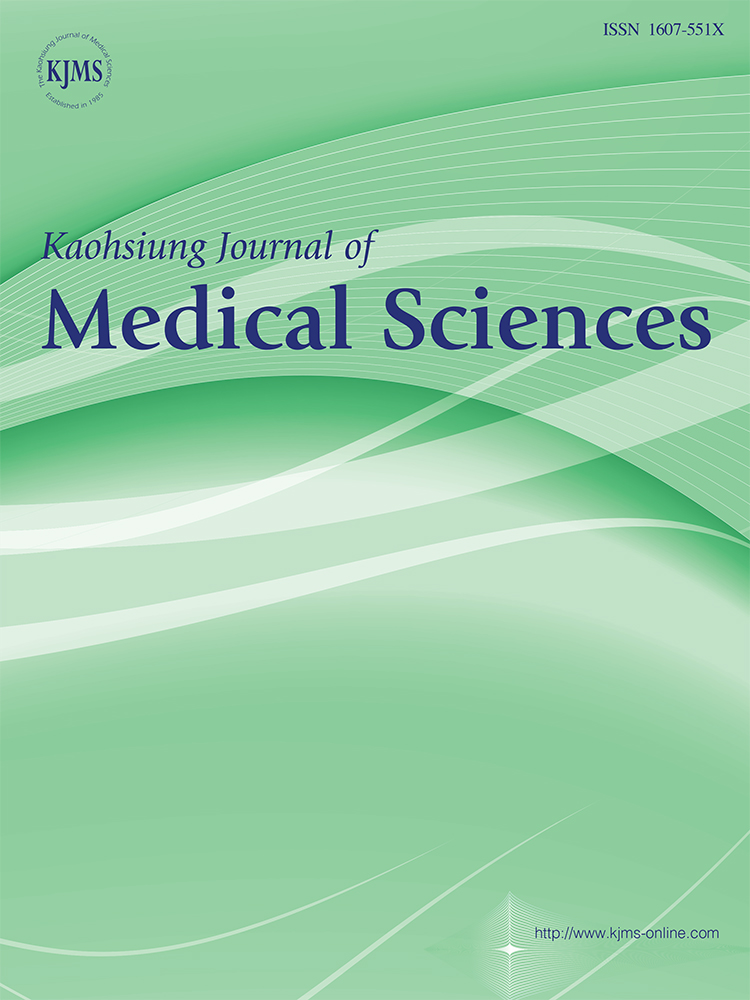Clubbed Fingers and Hypertrophic Osteoarthropathy in a Patient with Squamous Cell Carcinoma of the Lung
Abstract
Hypertrophic osteoarthropathy (HOA) is characterized by clubbed fingers and periosteal new bone formation. Etiologically, it can be divided into primary and secondary HOA, but its pathogenesis is uncertain. We report a 42-year-old male patient who suffered from painful clubbing fingers and toes. Serial examinations revealed periosteal new bone formation in the four limb long bones and a solid mass lesion in the right upper lung field. Pathologic examination of the resected mass lesion showed squamous cell carcinoma. After surgery and chemotherapy, the severity of clubbed fingers decreased and joint pain improved. Follow-up bone scan also suggested regression of the uptake of radioactivity in the four limb bones. We concluded that the HOA in this case was probably caused by lung cancer.




